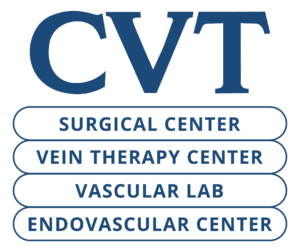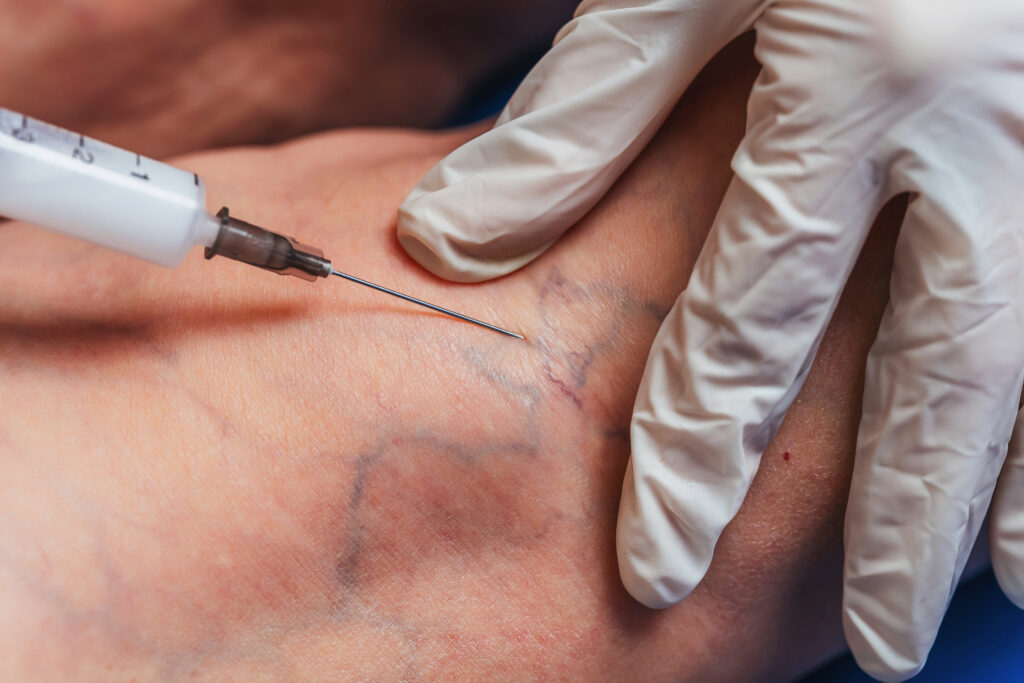Spider veins develop from dilated capillaries or venules located just beneath the skin’s surface. Unlike larger veins, these superficial vessels don’t contribute significantly to blood circulation. However, when they become enlarged, they become more noticeable through the skin, appearing as thin, web-like lines in shades of blue, purple, or red. Spider veins are most commonly found on the legs and face, and while their appearance may be unpleasant, they are typically harmless and easily treated.
What Causes Spider Veins?
The exact causes of spider veins are not fully understood, but research suggests a genetic component, as those with a family history of spider veins are more likely to develop them. They often become more prominent with age and affect women more than men. Factors such as prolonged sitting or standing, obesity, and lack of physical activity can contribute to the development of spider veins. Hormonal changes experienced during pregnancy or menopause, injury, and excessive sun exposure can also contribute to their formation.
Do I Need to Worry About Spider Veins?
Spider veins are typically more of a cosmetic issue than a medical condition that requires treatment. While some individuals with the condition report pain, burning or cramping in the legs, these symptoms may be linked to other venous conditions, such as varicose veins. Although spider veins and varicose veins share similar causes and risk factors, they are distinct conditions. Unlike spider veins, untreated varicose veins can develop into chronic venous insufficiency, which may necessitate intervention.
Can I Prevent Spider Veins?
While it may not be possible to completely avoid spider veins, especially if you have a genetic predisposition, you can reduce the risk of developing them and help manage existing veins with a combination of lifestyle changes and proactive care. Avoid prolonged periods of sitting or standing, which can allow blood to pool in your legs. Take breaks from sitting or standing and change positions often to improve blood flow. Compression stockings may be beneficial for individuals who are on their feet for a long time. Engage in physical activity, which helps improve blood circulation and strengthens the muscles that support your veins. Eat a well-balanced diet and stay hydrated. Maintain a healthy weight, which can reduce pressure on your veins, especially in the legs, and decrease the risk of developing spider veins.
What Treatments Are Available for Spider Veins?
Sclerotherapy has long been considered the gold standard for spider vein treatment. A small needle is used to inject a special solution directly into the vein, which irritates and inflames the walls surrounding the vein. The walls expand and then collapse, closing off the dilated veins and reducing their visibility. Although cosmetic improvement may be immediate, your legs can take several weeks to fully heal. Compression stockings are often recommended post-treatment to help with the healing process.
This minimally invasive procedure can be completed in the comfort of an office setting and involves little to no downtime. The treatment requires no anesthesia, and most people can resume normal activities on the same day. Side effects are mild and may include bruising, redness, and itching at the injection site. While this treatment has a high success rate, multiple treatments may be needed as there is a tendency for the recurrence of spider veins.
Whether you’re seeking treatment for spider veins for cosmetic reasons or are concerned about more serious vein health issues, the skilled physicians and dedicated staff at CVT Surgical Center are here to provide expert care and guidance. We can provide personalized care for all of your venous disease conditions, ensuring you receive the most effective treatment options for your unique situation. Let us help you achieve optimal vein health and enjoy restored confidence in your legs’ appearance. Request an appointment today.

